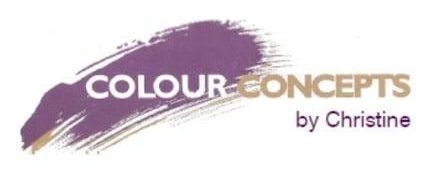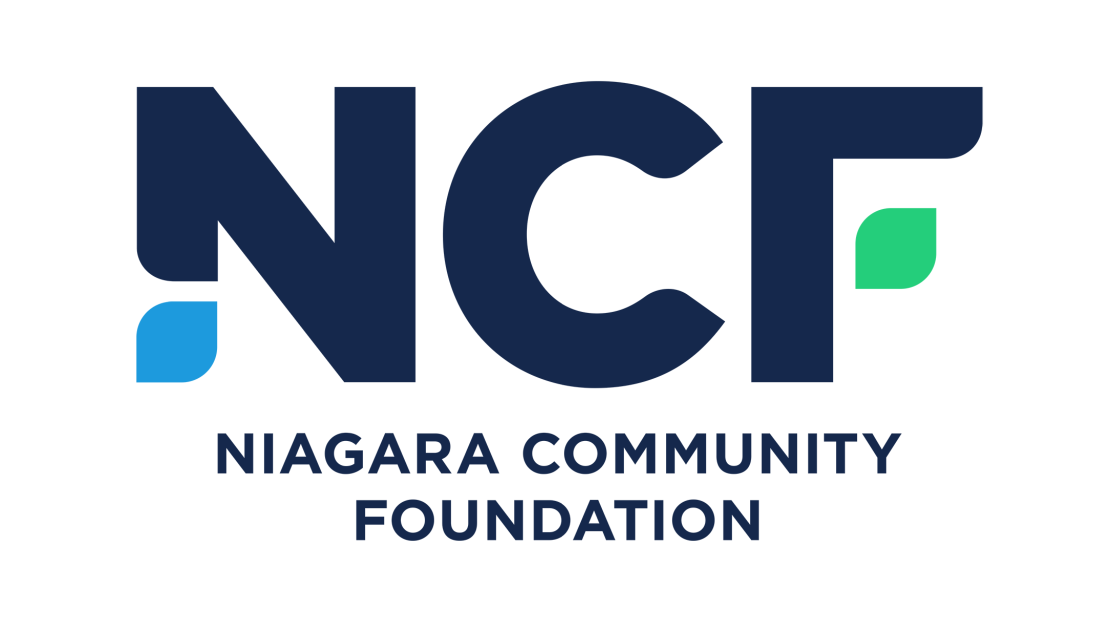The Government of Canada has stated that the FHSA will be available starting April 1st, 2023. Despite not being available until April, account holders will have the opportunity to contribute the full $8,000 to their FHSA in 2023.
Who qualifies for an FHSA?
- In order to qualify you must:
-
- Be a resident of Canada
- Be at least 18 years old
- Not have lived in a home that you or your spouse/common-law partner owned in the year the account is opened, or the previous four years
- When opening an FHSA account at a financial institution, you will need to provide proof that you meet the above qualification criteria
- If you leave Canada after opening an FHSA, you will be able to continue contributing to the account. However, you cannot make a qualifying withdrawal from the FHSA while you are a non-resident.
- If you move to Canada, you will be eligible to open an FHSA once the qualification criteria are met. It should be noted, however, that foreign properties in which you lived before moving to Canada will be considered for the definition of a first-time homebuyer.
- If you have U.S. ties, you need to consult a cross-border tax specialist if you are considering an FHSA account, as investing inside an FHSA could potentially cause adverse U.S. tax consequences.
How much can I contribute to the FHSA?
- Eligible Canadians can contribute $8,000 annually, beginning April 1st, 2023, to a lifetime maximum of $40,000. These limits are per person, not per account
- Once you open an FHSA account, unused contribution room will carry forward to future years, to a maximum of $8,000. Unlike a TFSA, you won’t accrue contribution room unless you have an FHSA account opened.
- Contributions are tax-deductible, and investment income and growth earned inside the account is tax-sheltered.
- Funds can also be transferred into an FHSA from and RRSP. Such a transfer would not be tax-deductible, and it would not create new RRSP contribution room.
Who can contribute to my FHSA?
- You are the only person that can contribute to your FHSA. A family member or spouse cannot make contributions to your FHSA.
How much can I withdraw from the FHSA?
- All contributions made into the FHSA, as well as any investment income or growth generated by funds invested in the FHSA can be used towards the purchase of a qualifying home.
- Funds withdrawn for any purpose other than to purchase a qualifying home will be fully taxable.
- If you are planning to purchase a qualifying home with a spouse/common-law partner, you can both use funds from your own FHSA towards the purchase, effectively doubling the amount that can be used towards the purchase.
- Wording that prevents using the FHSA as well as the RRSP Homebuyers’ Plan on the same property was removed from the final legislation. It appears that the FHSA and Homebuyers’ Plan can now be used together towards the purchase of a qualifying home.
More details are expected to be finalized as we get closer to April 1st. We will continue to provide updates on this new account type as more information comes available. Currently this account type is not available at Edward Jones.
This article was written by Edward Jones for use by your local Edward Jones Financial Advisor, Nicolle Lalonde.
 Back to myNiagaraOnline
Back to myNiagaraOnline
































